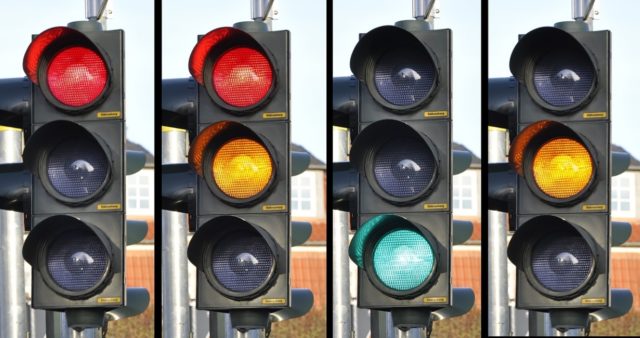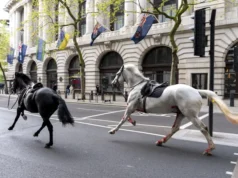
A new “virtual traffic light” system give you a personalized stop or go indicator depending on the traffic. Buzz60’s Tony Spitz has the details.
Life is short, and it seems shorter still when you’re in a traffic jam. Or sitting at a red light when there’s no cross traffic at all.
In Mexico City, São Paolo, Rome, Moscow, Beijing, Cairo, and Nairobi, the morning commute can, for many exurbanites, exceed 2 hours. Include the evening commute and it is not unusual to spend 3 or 4 hours on the road every day.
Now suppose we could develop a system that would reduce a two-way daily commute time by a third, say, from 3 to 2 hours a day. That’s enough to save 22 hours a month, which over a 35-year career comes to more than 3 years.
Take heart, beleaguered commuters, because such a system has already been designed, based on several emerging technologies. One of them is the wireless linking of vehicles. It’s often called vehicle-to-vehicle (V2V) technology, although this linking can also include road signals and other infrastructure. Another emerging technology is that of the autonomous vehicle, which by its nature should minimize commuting time (while making that time more productive into the bargain). Then there’s the Internet of Things, which promises to connect not merely the world’s 7 billion people but also another 30 billion sensors and gadgets.
All of these technologies can be made to work together with an algorithm my colleagues and I have developed at Carnegie Mellon University, in Pittsburgh. The algorithm allows cars to collaborate, using their onboard communications capabilities, to keep traffic flowing smoothly and safely without the use of any traffic lights whatsoever. We’ve spun the project out as a company, called Virtual Traffic Lights (VTL), and we’ve tested it extensively in simulations and, since May 2017, in a private project on roads near the Carnegie Mellon campus. In July, we demonstrated VTL technology in public for the first time, in Saudi Arabia, before an audience of about 100 scientists, government officials, and representatives of private companies.
Video by Buzz60/Tony Spitz[/vc_message]












